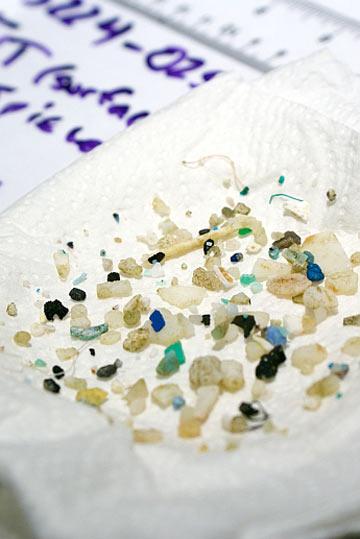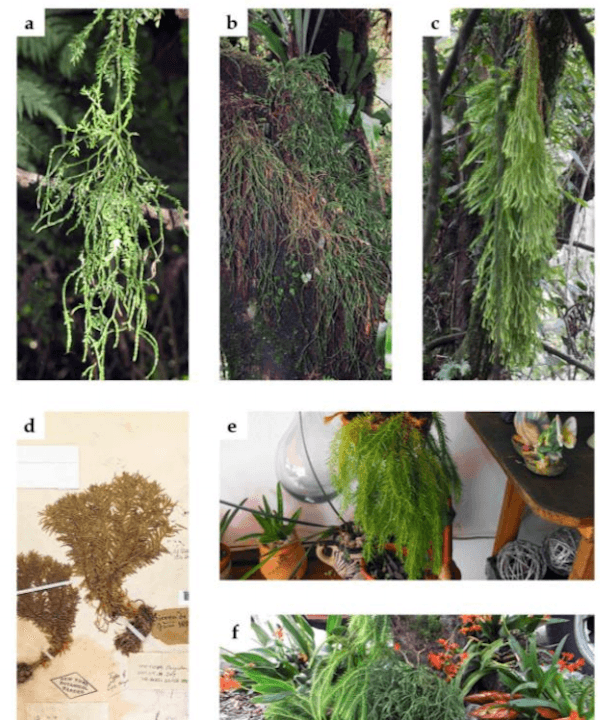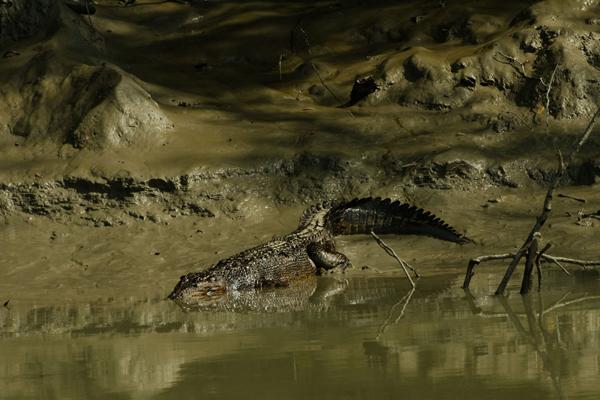The devastating tsunami that hit Japan in 2011 washed millions of tons of plastic debris into the Pacific Ocean. It even swept away a Harley Davidson motorcycle that subsequently ended up on Canada’s coast.
As production and consumption of plastic increases across the world, more of it gets discarded as waste. Much of this plastic waste eventually goes into the oceans, choking marine life. In 2010, for instance, about 8 million metric tons of plastic waste ended up in the world’s oceans, according to a recent study published in Science.
“That is the same as five bags filled with plastic, for every foot of coastline in the world,” Jenna Jambeck, lead author and an assistant professor at the University of Georgia, told reporters at the American Association for the Advancement of Science (AAAS) Annual Meeting in San Jose, Calif., this month.
With business as usual, Jambeck said, this number will double by 2025. “And if that happens, our cumulative input over the time from 2010 to 2025 will be 155 million metric tons.”
The research team looked at 192 countries and ranked them based on the amount of their mismanaged plastic waste. The countries at the top of the list, such as China, Indonesia, Philippines, Vietnam and Sri Lanka, are all middle-income countries with growing economies.
These countries have not yet managed to develop a waste management system that handles the increase in waste that comes with economic growth, Jambeck said.




